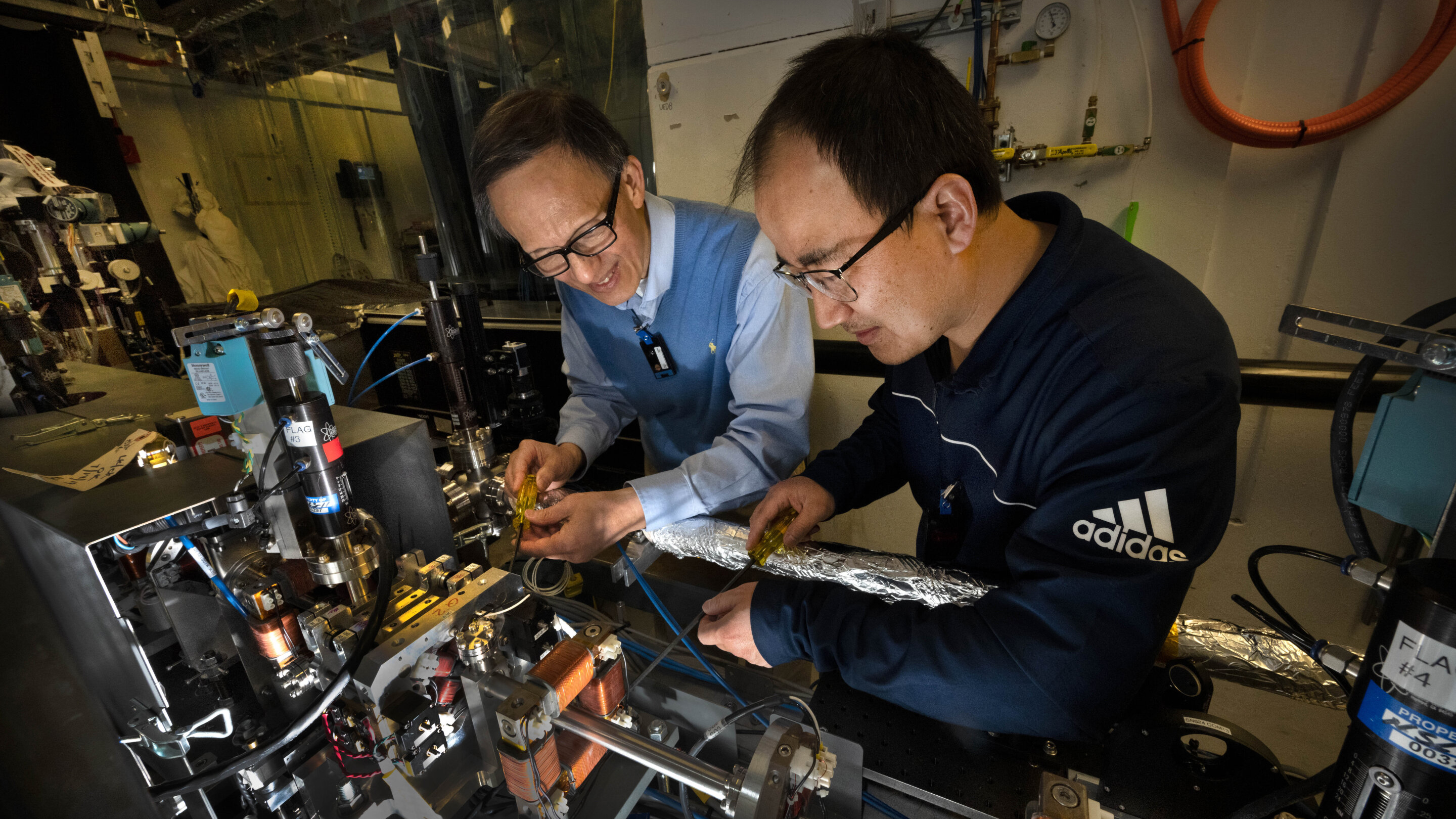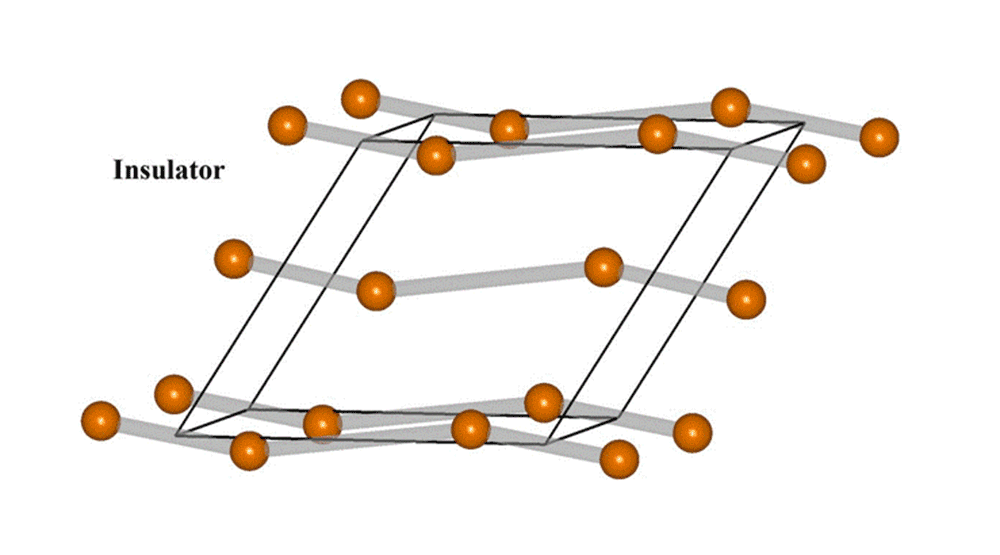This camera shoots for 1/trillionth of a second!
Superfast 'camera' used by scientists at Brookhaven National Laboratory can be used to capture and "see" atomic motion

Scientists at Brookhaven National Laboratory have been using a superfast high-resolution "camera" that tracks the trajectories of atoms, to help them discover and develop materials that can send and process signals as easily as the brain’s neurons and synapses.
Yimei Zhu, a physicist at the U.S. Department of Energy’s (DOE) Brookhaven National Laboratory and his collaborators have been using data collected by a unique “stroboscopic camera,” capturing the hidden route of atomic motion as this material transitions from an insulator to a metal in response to a pulse of light.
They want to use their findings to guide the design of high-speed, energy-efficient neuromorphic devices (these are found in computing and engineering, and intended to copy or mimic the behaviour of the human brain).
How do you visualize ultrafast atomic motions?
For their experiments, the scientists triggered the transition with extremely short pulses of photons—particles of light. Next, they captured the material’s atomic-scale response using a mega-electron-volt ultrafast electron diffraction (MeV-UED) instrument developed at Brookhaven – the "camera".
To make things easier to get your head around, you can think of this tool as similar to a conventional camera with the shutter left open in a dark setting, if that camera was firing intermittent flashes to catch something like a thrown ball in motion. With each flash, the camera records an image; the series of images taken at different times reveals the ball’s trajectory in flight.
The MeV-UED “stroboscope” captures the dynamics of a moving object in a similar way, but at much faster time scale (shorter than one trillionth of a second) and at much smaller length scale (smaller than one billionth of a millimeter). It uses high-energy electrons to reveal the trajectories of atoms!
Some of the intial findings have just been published in a paper in the journal Physical Review X. The first author of the paper Junjie Li, says “Our ultrafast measurements allowed us to see how the atoms move—to capture the short-lived transient (or ‘hidden’) states—to help us understand the dynamics of the transition.”
Get the Digital Camera World Newsletter
The best camera deals, reviews, product advice, and unmissable photography news, direct to your inbox!
After capturing more than 100,000 “shots,” the scientists used sophisticated analysis techniques they’d developed to refine the intensity changes of a few dozen “electron diffraction peaks.”
“Our instrument uses accelerator technology to generate electrons with an energy of 3 MeV, which is 50 times higher than smaller laboratory-based ultrafast electron microscopy and diffraction instruments,” scientist Zhu says. “The higher energy allows us to track electrons scattered at wider angles, which translates to being able to ‘see’ the motions of atoms at smaller distances with better precision.”

Fascinated? Confused? Of course, none of us would ever be able to get our hands on this ultrafast "camera", nor would it be useful for everyday imaging. However, the best professional cameras have still got some impressively speedy shutter speeds of their own!
• Read more:
The 8 fastest lenses
Best camera for beginners
How did Canon make the fastest DSLR ever?

Lauren is a writer, reviewer, and photographer with ten years of experience in the camera industry. She's the former Managing Editor of Digital Camera World, and previously served as Editor of Digital Photographer magazine, Technique editor for PhotoPlus: The Canon Magazine, and Deputy Editor of our sister publication, Digital Camera Magazine. An experienced journalist and freelance photographer, Lauren also has bylines at Tech Radar, Space.com, Canon Europe, PCGamesN, T3, Stuff, and British Airways' in-flight magazine. When she's not testing gear for DCW, she's probably in the kitchen testing yet another new curry recipe or walking in the Cotswolds with her Flat-coated Retriever.
